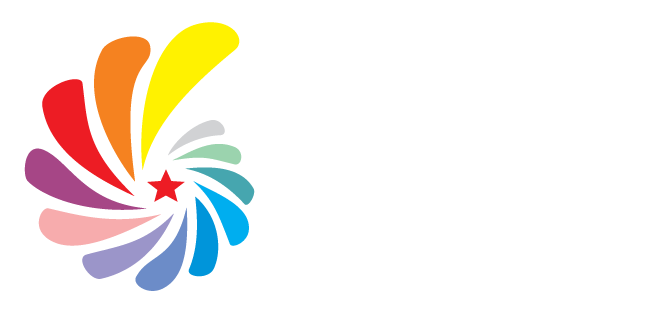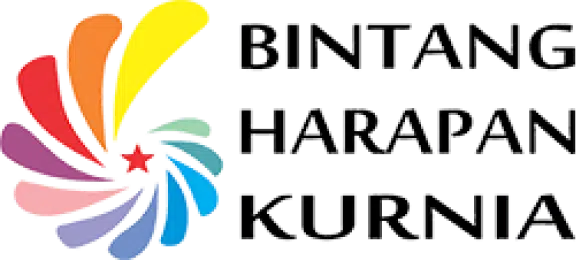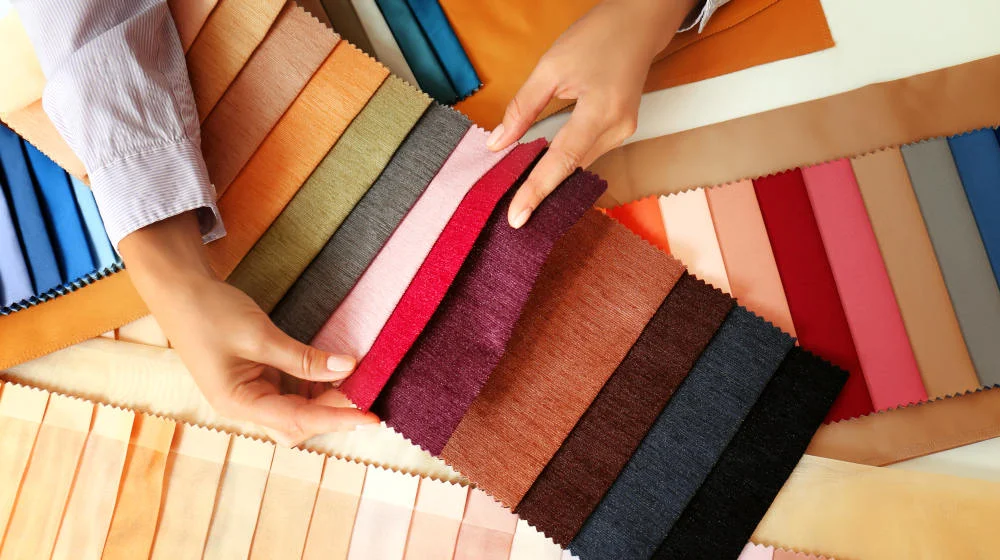
Source: Sewing.com
As we step into 2024, textile trends are set to flourish this year and are anticipated to be explored by many individuals and entrepreneurs. In 2023, the global fashion industry exhibited a preference for various materials, including knitting, organza, and other fabric types.
The adoption of sheer fabrics like chiffon and tulle gained popularity in women’s fashion. These fabrics are ideal for layering with other materials, creating elegant and luxurious dresses.
Additionally, the traditional fabric trend that thrived in Indonesia throughout 2023 continues to draw attention. Many individuals are opting for garments infused with a traditional touch, offering a timeless classic impression. Now, let’s delve into the fabric and textile trends expected in 2024 through this article!
Also Read: What’s Denim Fabric? Diving into the Versatility of Textile
Exploring Fabric & Textile Trends in 2024
In all, there are five fabric materials predicted to lead the textile trends in 2024. What are they? Stay tuned and read until the end!
1. Natural Textured Fabric
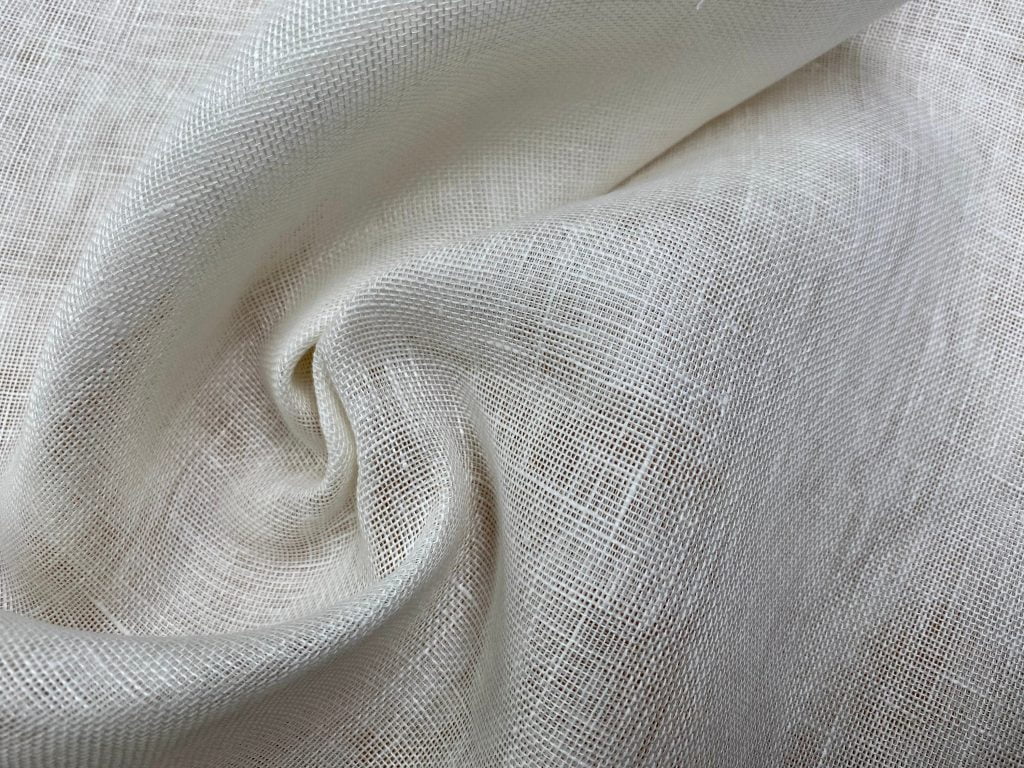
Source: Lush Fabric
Made from natural materials like wood fibre, this fabric represents one of the prevalent 2024 fashion and textile trends. Various fabric types fall into the category of natural textured fabrics, including linen, wool, rayon, and cotton.
Renowned for both comfort and beauty, this fabric lends itself well to crafting diverse fashion items such as shirts, culottes, and outerwear. Additionally, these fabrics boast easier maintenance compared to synthetic counterparts and offer competitive prices in today’s market.
2. Retro & Vintage Fabric
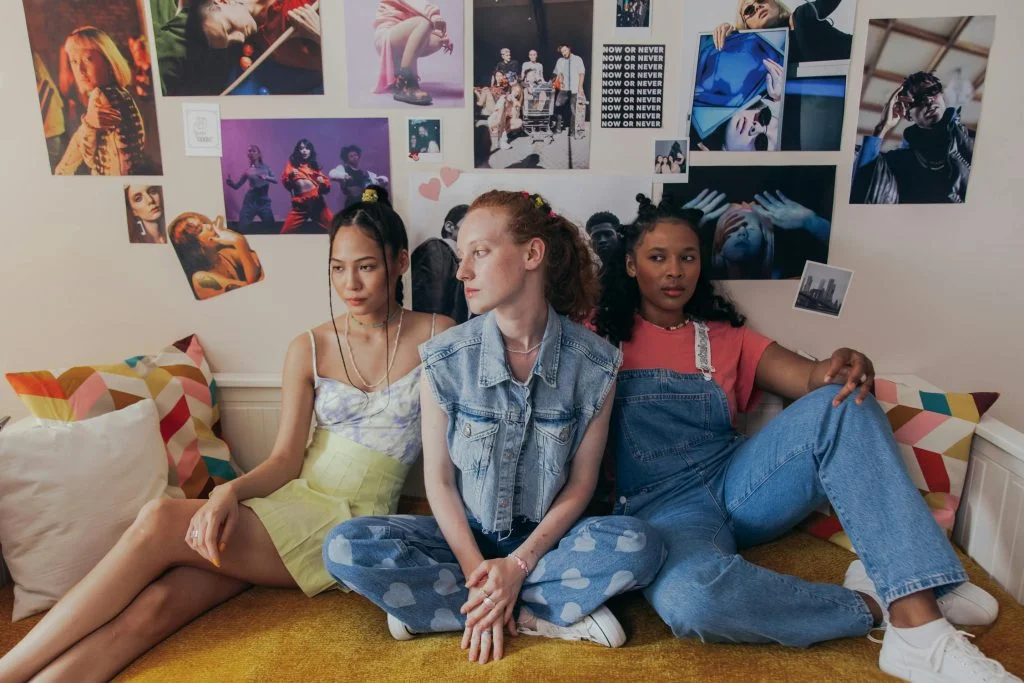
Source: Pexels – cottonbro studio
When exploring textile trends for 2024, one thing is for sure – retro and vintage fabrics are set to stay in style for both women and men. It’s important to keep in mind that not every type of fabric can give that perfect vintage look to your outfit.
For those considering entering the textile business, here are a few retro fabric suggestions that might turn into great business ideas. One such fabric is corduroy, crafted from wool, linen, denim, and silk. Back in the 90s, many clothing brands rocked these materials with bold patterns, creating an iconic fashion trend that still holds its charm today.
Also Read: What’s Digital Printing on Fabrics? Types, Pros and Cons
3. Digital Printing
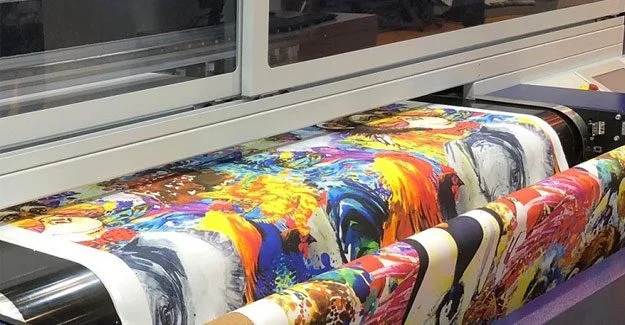
Source: Fashinza
Fabrics utilizing digital printing methods are anticipated to remain at the forefront of fashion and textile trends in 2024. This innovative technique is widely adopted by fashion brands to produce unique, customizable items that align with current trends.
Understanding the pros and cons of digital printing is crucial. On the positive side, the process is exceptionally swift and efficient, requiring minimal equipment and carrying a low risk of errors.
However, challenges arise in achieving color accuracy, as it may differ from what is seen on a monitor. Additionally, not all materials are compatible with this technique; polyester and cotton are examples of fabrics suitable for digital printing.
4. Organza
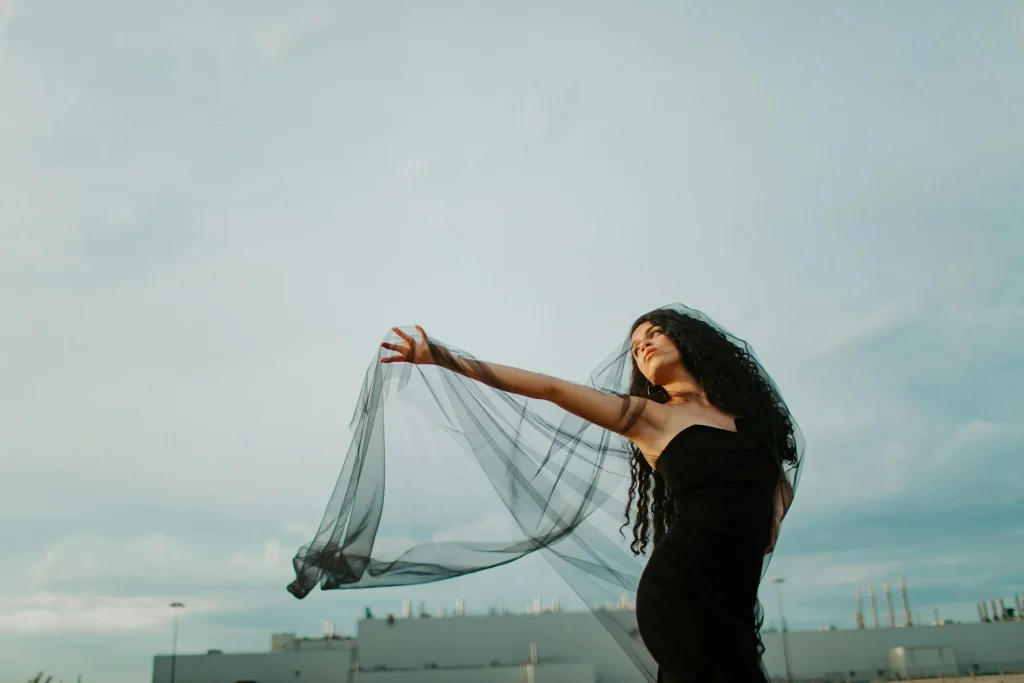
Source: Pexels – Leah Kelley
Organza, characterized by its thin and uniquely textured surface, possesses a dreamy, glossy quality. Traditionally, this fabric finds use in dressmaking and as an upholstery material for various fashion items.
In contemporary times, organza has emerged as a trend, frequently employed in crafting elegant and luxurious formal tops. The fabric’s thin yet stiff nature has captured the admiration of many, contributing to its growing popularity in the fashion industry.
5. Ethnic & Traditional Fabric
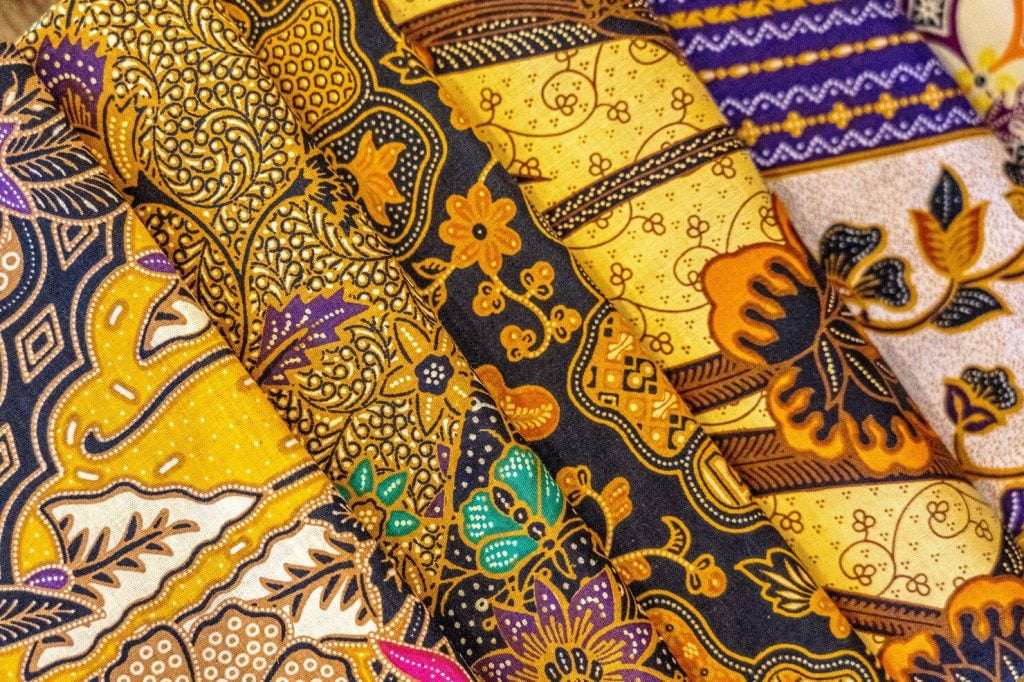
Source: Freepik – Wirestock
In Indonesia, a myriad of fabrics with ethnic and traditional vibes awaits those seeking diversity. Prominent among these are batik and weaving.
Distinct regions boast unique fabric varieties, contributing to the rich tapestry of Indonesia’s traditional textiles. Differences in motifs, patterns, and materials characterize each traditional cloth, endowing them with a uniqueness that captivates the international market.
Also Read: What’s The Difference Between Apparel and Clothing?
Looking for Quality Fabrics in Bali? Explore Bintang Harapan Kurnia, Your Best Fabric Shop!
Bintang Harapan Kurnia proudly holds the title of Bali’s premier fabric store, loved by many customers for over two decades with its extensive fabric collection. Serving as a trusted partner for over 200+ fashion brands, Bintang Harapan Kurnia introduces a fresh fabric buying experience.
What makes Bintang Harapan Kurnia the best fabric store in Bali? With decades of experience, the establishment has earned prestigious awards, such as the Sustainable Style Leadership Award, Luxury Textile Excellence Award, Couture Craftsmanship Distinction, and more.
Furthermore, Bintang Harapan Kurnia features a dedicated team of skilled staff, ready to assist in selecting the perfect fabric for your business or personal needs. Don’t miss out! Explore the realm of premium fabrics at Bintang Harapan Kurnia and enhance your fabric shopping experience!
